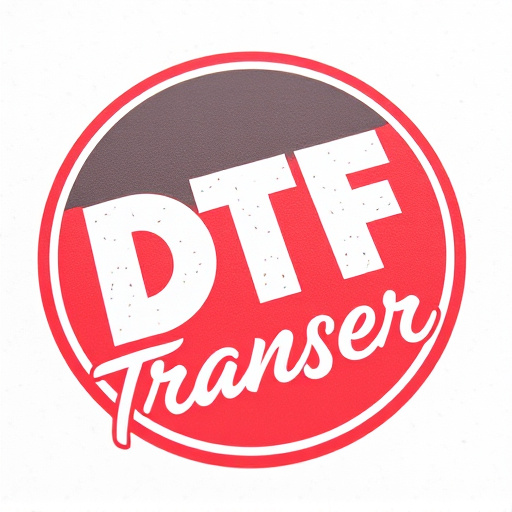Understanding EPA (Environmental Protection Agency) and CARB (California Air Resources Board) compliance is crucial for US automotive businesses, who must meet rigorous emissions standards and environmental protection regulations. The introduction of standardized 50-state legal intake systems has simplified vehicle emissions rules, promoting consistent environmental standards nationwide. Businesses need agile strategies tailored to each state's requirements, focusing on EPA and CARB guidelines, investing in internal protocols, staying informed about regulations, adopting standardized reporting, and leveraging technology. Fostering a culture of environmental stewardship through training, communication, and incentives, along with regular audits and consultations, ensures sustained compliance with the 50-state legal intake systems approved.
“In today’s environmentally conscious landscape, understanding EPA (Environmental Protection Agency) and CARB (California Air Resources Board) compliance is vital for businesses operating across the US. This comprehensive guide explores the intricate world of 50-state legal intake systems and their impact on environmental regulations. We provide a detailed overview to help businesses navigate these complex requirements, ensuring they remain compliant in a diverse market. Discover strategies to streamline processes, adapt to varying standards, and embrace sustainable practices for long-term success.”
- Understanding EPA and CARB Compliance: A Comprehensive Overview
- The Impact of 50-State Legal Intake Systems on Environmental Regulations
- Strategies for Businesses to Navigate and Maintain Compliance Across the US
Understanding EPA and CARB Compliance: A Comprehensive Overview

Understanding EPA and CARB compliance is crucial for businesses operating within the automotive sector in the United States. The Environmental Protection Agency (EPA) and California Air Resources Board (CARB) are the primary regulators overseeing emissions standards and environmental protection measures for vehicles. These agencies have established comprehensive legal frameworks to ensure that motor vehicles, their components, and related products meet specific performance criteria for air pollution control.
The 50-state legal intake systems approved by EPA and CARB cover a wide range of vehicles, including passenger cars, trucks, and heavy-duty equipment. Manufacturers and importers must adhere to these regulations throughout the design, production, and distribution processes. Compliance involves rigorous testing, certification, and documentation to demonstrate that products meet stringent emission control requirements, thereby protecting public health and the environment.
The Impact of 50-State Legal Intake Systems on Environmental Regulations

In the context of EPA and CARB compliance, the introduction of standardized 50-state legal intake systems has had a profound impact on environmental regulations across the United States. These systems, designed to streamline the approval process for motor vehicles and their emissions control systems, have facilitated more consistent environmental standards nationwide. By harmonizing the way states regulate vehicle emissions, these intake systems ensure that manufacturers must meet uniform criteria, thereby reducing the administrative burden of complying with disparate state-level regulations.
The net effect is a stronger, more cohesive approach to environmental protection. Manufacturers can now design vehicles with confidence, knowing they will be able to sell them across all 50 states without facing a patchwork of differing requirements. This standardization also empowers regulators to enforce emissions standards more effectively, leading to cleaner air and water, as well as reduced greenhouse gas emissions overall. The approval of 50-state legal intake systems represents a significant step forward in achieving uniform environmental protection under the regulatory umbrella of the EPA and CARB.
Strategies for Businesses to Navigate and Maintain Compliance Across the US

To navigate and maintain compliance across the US, businesses must adopt comprehensive strategies that account for the unique regulatory landscape of each state. With 50 distinct legal intake systems approved, companies operating nationwide require agile approaches to stay aligned with Environmental Protection Agency (EPA) and California Air Resources Board (CARB) standards. A crucial step is to invest in robust internal protocols that consistently monitor and assess compliance across all relevant jurisdictions. This includes staying informed about state-specific regulations, implementing standardized procedures for emission reporting, and integrating advanced technology solutions for efficient data management and tracking.
Moreover, businesses should foster a culture of continuous improvement and employee engagement around environmental stewardship. Regular training sessions, clear communication channels, and incentivized compliance programs can empower staff to actively contribute to the company’s regulatory adherence. By combining these proactive measures with regular audits and external consultations, businesses can effectively navigate the complexities of 50-state legal intake systems approved, ensuring sustained compliance with EPA and CARB guidelines.
In conclusion, navigating EPA and CARB compliance is essential for businesses operating across the US. Understanding the impact of the 50-state legal intake systems has on environmental regulations is crucial for maintaining adherence to these stringent standards. By adopting strategic approaches, companies can ensure they meet these requirements, promoting a sustainable future while fostering a seamless operational experience in this diverse regulatory landscape of approved 50-state legal intake systems.














